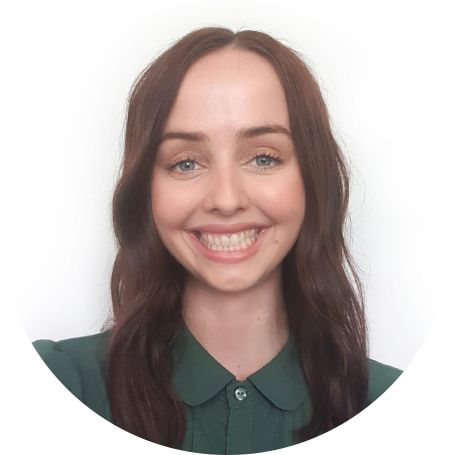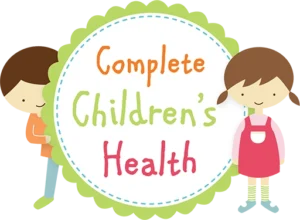Anxiety is one of the most common mental health concerns for children and adults in Australia, with
an average of one-in-four people experiencing anxiety at some stage of their life.
 One of main reasons so many of us have experienced anxiety is because it’s hard wired into the
One of main reasons so many of us have experienced anxiety is because it’s hard wired into the
human brain as a protective and survival mechanism. It alerts us to threats, protects us from danger
and amps us up to help reach important goals. The sensations we experience in an anxious situation
are designed to activate our bodies, for example, our heart beats faster to pump blood to our
muscles. Our physical responses can be super helpful when we must run away or jump out the way
of a speeding car. Without anxiety, we would not survive. Anxiety is adaptive, and we need it – it’s
like our superhero fuel.
How much anxiety is too much?
Small doses of anxiety in certain situations are useful. However, when your child is worrying majority
of the time, avoiding fun activities, withdrawing, or refusing to go to school or to leave home
because they are scared or worried, that’s when anxiety becomes a problem. When we have all this
superhero fuel coursing through our body but no reason to use it, we can feel uncomfortable and
exhausted.
A diagnosed anxiety condition is based on specific criteria looking at intensity, frequency, duration,
and impact on daily living, and is typically assessed by a psychologist or psychiatrist. There are many
‘types’ of anxiety and the six most common anxiety disorders are: Generalised Anxiety Disorder
(GAD), social anxiety, specific phobias, Obsessive Compulsive Disorder (OCD), Post Traumatic Stress
Disorder (PTSD) and panic disorder.
Managing anxiety
Anxiety is inevitable and trying to eliminate it from your experience or child’s life is close to
impossible. So instead, we focus on approaches that help and empower us to accept, label, tolerate,
reduce, and ultimately retrain our anxiety.
Much of what fuels anxiety is the unknown and avoidance, so intervention and support will often
focus on psychoeducation, symptom de-escalation and behaviour initiation. We also aim to never
throw people into the deep end, instead it is typically a very graded and step-by-step approach to
exposure and towards the things we want to do (but feel too anxious to do right now). You will likely
come across psychological therapies such as Cognitive Behavioural Therapy (CBT), Acceptance and
Commitment Therapy (ACT) or Dialectical Behaviour Therapy (DBT) all of which are evidence based
and proven to be helpful in the treatment of anxiety.
Accessing support
GPs are the best starting point for someone seeking professional help. A Mental Health Treatment
Plan from a GP is needed to claim rebates through Medicare. GPs can also discuss anxiety
medication where applicable.
However, it is not necessary to have a referral from a GP or psychiatrist to see a psychologist. People
with private health insurance and extras cover may be able to claim part of a psychologist’s fee.
Contact your health fund to check.
Helpful Resources
https://www.beyondblue.org.au/
https://www.blackdoginstitute.org.au/resources-support/anxiety/
https://headspace.org.au/explore-topics/for-young-people/anxiety/
https://www.health.gov.au/initiatives-and-programs/better-access-initiative
You can also check out our website for more resources:
https://www.solutionpsychology.com.au/resources/
Sami Midwood is available at CCH Keilor practice, click here for more information.

